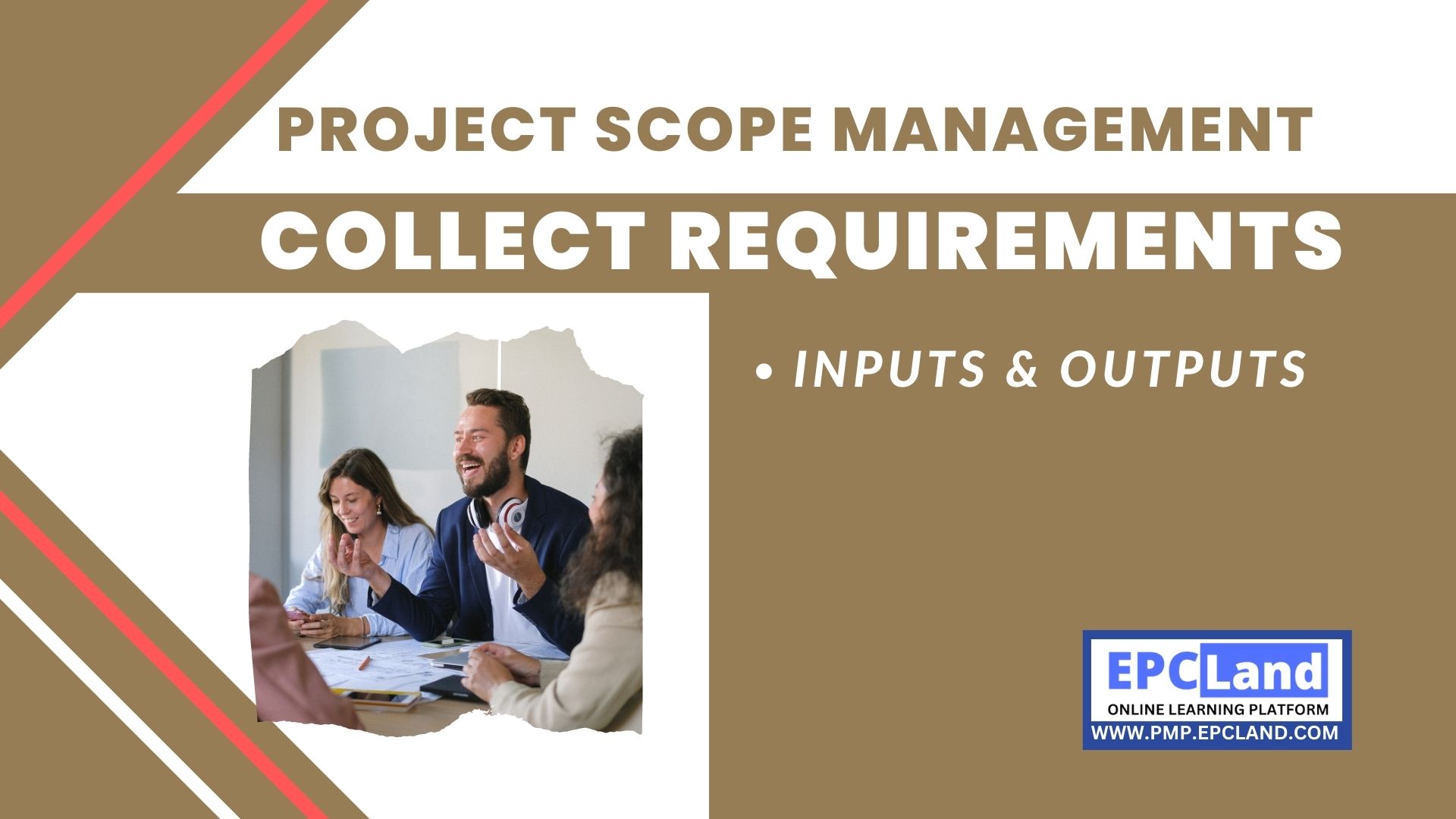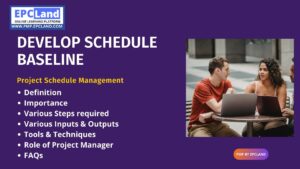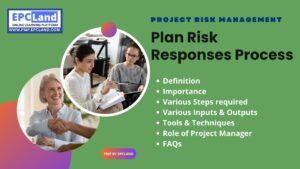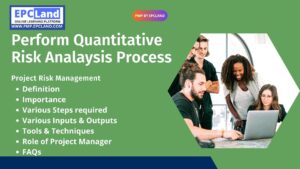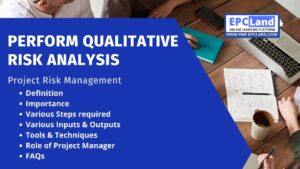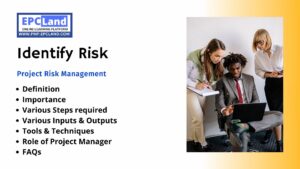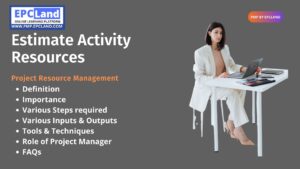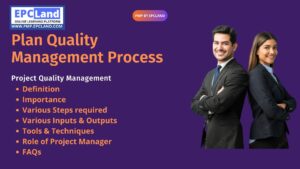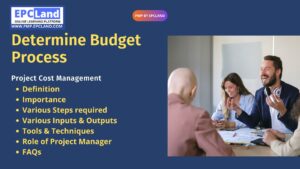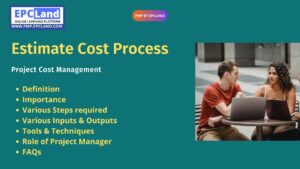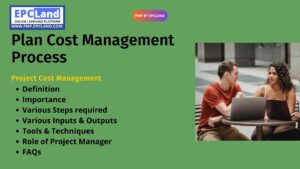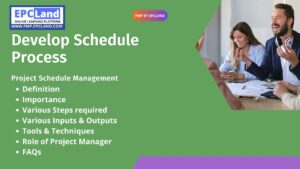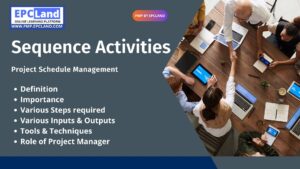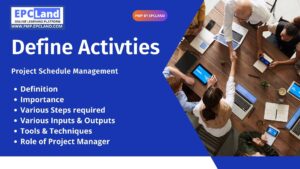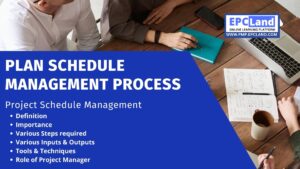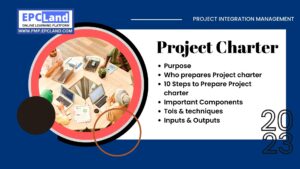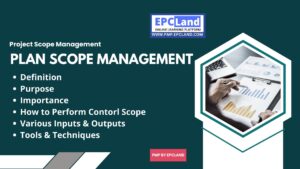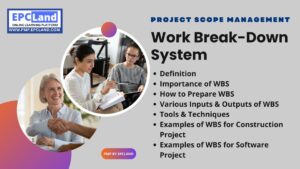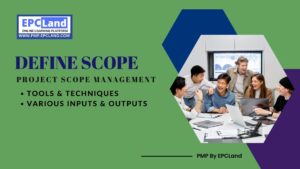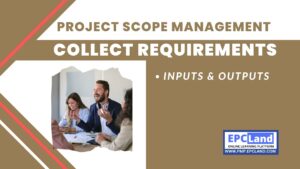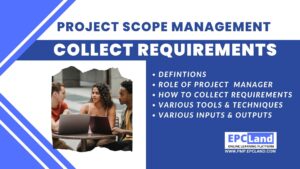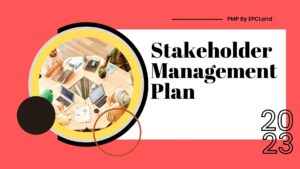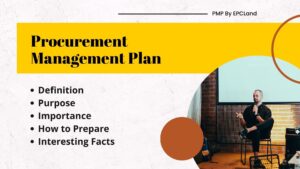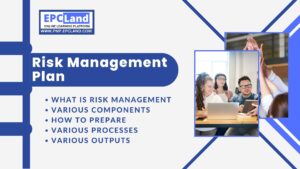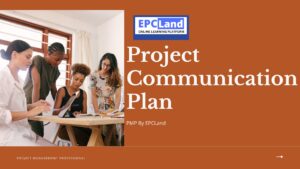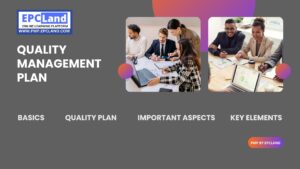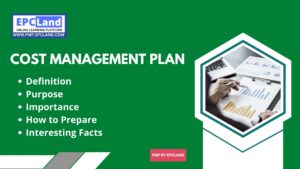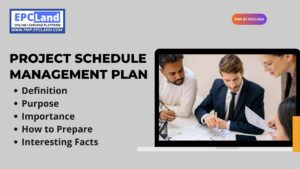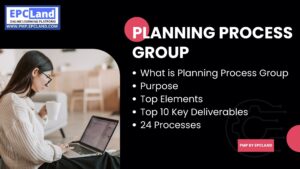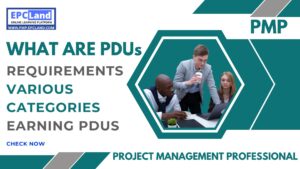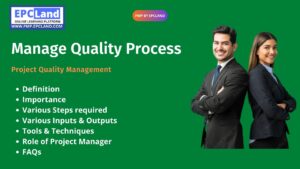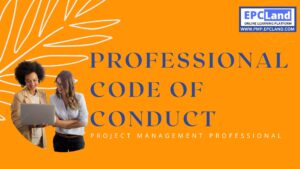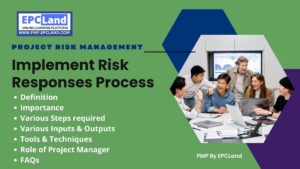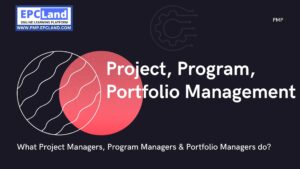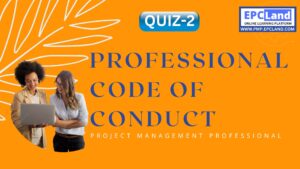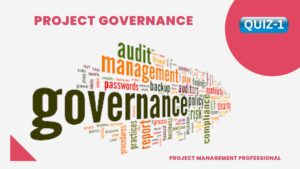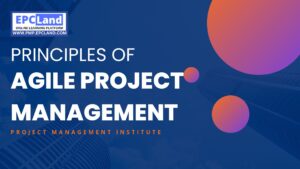Gathering project requirements is a very important part. In fact, the requirements gathering process helps define the scope of the project during scope management. There are many tools and techniques for capturing project requirements. It makes sense to gather all the requirements first using a requirement gathering tool. This ensures that the project will be delivered as requested. In practice, however, the current scenario presents a more difficult problem. Why? Because today’s scenarios are dynamic in nature. The needs and requirements of project participants change frequently. Therefore, it is the project manager’s (PM’s) responsibility to ensure that all requirements are captured. PMs must be very agile when gathering requirements.
Table of Contents
ToggleAttempt Quiz-1 on Collect Requirements Process

Time's up
Collect Requirements Process Inputs
The following are included as the inputs for the collection requirements process:
- Project Charter
- The Project Management Plan
- Project Documents
- Business Documents
- Agreements
- Enterprise Environmental Factors
- Organizational Process Assets
Don’t Miss the 1000+ MCQ questions & hundreds of quizzes on PMP Knowledge Areas and Various important sections.
Collect Requirements 1 of 7 Process Inputs: Project Charter
To develop detailed requirements for the project, the project manager uses the short description from the project order to determine the scope of the product.
Collect Requirements 2 of 7 Process Inputs: Project Management Plan
A project management plan includes the following components:
- scope management plan
A scope management plan establishes the essential and valuable aspects of the project, so that the project team can clearly determine the types of requirements to gather for the project.
- Requirements management plan
A project manager’s primary priority is to define and document stakeholder needs. A requirements management plan plays a key role in providing methods/processes that can be used throughout the requirements gathering process to help project managers meet those requirements.
- Stakeholder management plan
Stakeholders are understood to be an integral part of the project. The Stakeholder Management Plan is used by project managers to understand their communication requirements and their level of involvement with stakeholders to assess and coordinate their level of involvement in fulfilling requirements activities.
Collect Requirements 3 of 7 Process Inputs: Project Documentation
Lorem ipsum dolor sit amet, consectetur adipiscing elit. Ut elit tellus, luctus nec ullamcorper mattis, pulvinar dapibus leo.
Inputs that can be considered in the project documentation are:
Assumption Log
The Assumptions Protocol process identifies assumptions related to the product, project, stakeholders, environment, and other key factors that may affect the outcome of a particular project.
Register of Lessons Learned
The lessons learned process is used to inform effective requirements gathering techniques. Specifically, we use an adaptive and iterative product development methodology.
Stakeholder register
Identifying key project stakeholders is an important task that provides information about project requirements. This identification process is simplified through the use of a stakeholder registry. A registry helps capture the key needs and key expectations of the stakeholders associated with the project.
Collect Requirements 4 of 7 Process Inputs: Business Documents
The business case influences the business documentation approach as part of the requirements gathering process. Using this particular technique, you can describe the required, desirable, and optional criteria necessary to meet your business needs.
Collect Requirements 5 of 7 Process Inputs: Agreements
Consensus methodology is used to gather information about a project and the product requirements needed to complete a particular project.
Collect Requirements 6 of 7 Process Inputs: Enterprise Environmental Factors
Business environment factors that influence the collection request process are corporate culture, infrastructure, human resource management, and market conditions.
Collect Requirements 7 of 7 Process Inputs: Organizational Process Assets
A repository of lessons learned that includes project policies, procedures, historical information, and organizational process resources that influence the information and requirements process for past project successes.
Collect Requirements Outputs
The following are included as the outputs in the collect requirements process:
- Requirements Documentation
- Requirements Traceability Matrix
Collect Requirements 1 of 2 Process Outputs: Requirements Documentation
A technique for describing how individual requirements meet the business needs of a project. Requirements start at a high-level level and become progressively more detailed as information about the requirements becomes available.
Even before requirements are listed in the project plan, they should be clear, understandable, complete, consistent, and acceptable to key stakeholders. Requirements documents can take many forms.
They range from simple documents listing all requirements categorized by stakeholder and priority to more sophisticated forms with detailed summaries, explanations and appendices.
Components of Requirements:
Business Requirements
- Business and project goals for traceability
- Operational regulations of the executing agency
- guide organizational principles.
Stakeholder Requirements
- Consider the impact that stakeholder requirements may have on other areas of your business.
- Determine how stakeholder requirements impact business within and outside the implementing organization.
- Stakeholder communication and reporting requirements
Solution Requirements
- Providing solutions for functional and non-functional requirements
- We provide solutions that meet technical and standards compliance requirements
- Solutions for your support and training needs
- Providing solutions that meet quality requirements
- Solution requirements that can be documented in text, models, or both
Project Requirements
- Requirements based on service levels, performance, security, compliance, etc.
- Requirements that are approved and meet the acceptance criteria
Transition Requirements
Requirements Assumptions, Dependencies, and Constraints
Collect Requirements 1 of 2 Process Outputs: Requirements Traceability Matrix
A requirements traceability matrix is a document that links requirements throughout the verification process. The purpose of the Requirements Traceability Matrix is to ensure that all requirements defined for a system add business value by being tied to business and project goals.
It is a process that provides a way to track requirements throughout the project lifecycle and ensure that requirements approved in the requirements document are delivered at the end of the project. Finally, it provides a structure for managing scope changes.
Different types of tracing processes that run as part of the Requirements Traceability Matrix phase:
Business Needs
A project manager should keep in mind any business her needs that need to be met.
Project Goal
As a project manager, it’s essential to track project goals and ensure they’re met through the right Processes.
Business Scope/Wbs Results
A project manager should always keep the scope of the project in mind. Different project scopes may not yield results.
Product Design
In order to efficiently execute the envisioned project, the project manager needs to understand the product design path that has been finalized and approved by all key stakeholders involved in the project.
Product Development
Development tracking to ensure the project reaches its intended scope at each stage of the project lifecycle.
Test Strategies and Test Scenarios
Appropriate procedures should be developed for testing the product after execution. Project managers also need to run test scenarios that require the product to be tested correctly to achieve the desired results.
General Requirements for More Detailed Requirements
Project managers cannot consider all requirements to be of the same scope. There can be parent requirements that are given more scope. Therefore, in order to meet these requirements, project managers should assign more requirements to such components.
Attempt Quiz-2 on Collect Requirements Process

Time's up
Final Take Away
Gathering project requirements is an important process in any project. PMBOK prescribes various project management tools and techniques for collecting requirements. But you have to make smart decisions about which tool or combination of tools to use. It depends on the scenario, complexity and type of requirements. Determine the needs and expectations of each stakeholder or customer by choosing the right tools.
FAQs on "Collect Requirments" in Project Scope Management
What is requirement gathering in project management?
Requirement gathering refers to the process of collecting, analyzing and documenting the needs and expectations of stakeholders for a project.
Why is requirement gathering important?
Requirement gathering is crucial for project success as it helps to ensure that project objectives are clear and stakeholders’ needs are met. It also minimizes the chances of scope creep and rework.
What are the different types of requirements in a project?
Requirements can be classified as functional, non-functional, business, technical, and user requirements.
Who is responsible for requirement gathering in a project?
The project manager and the project team, in collaboration with stakeholders, are responsible for requirement gathering in a project.
What are the best practices for requirement gathering?
Some best practices for requirement gathering are: involving stakeholders, prioritizing requirements, documenting requirements, and regularly reviewing and updating requirements.
How can requirements be prioritized in a project?
Requirements can be prioritized based on factors such as impact on project objectives, stakeholder importance, and feasibility.
How can requirements be documented in a project?
Requirements can be documented using techniques such as use cases, user stories, and requirement specifications. The documentation should be clear, concise, and easily accessible to all project stakeholders.
How can requirements change during a project?
Requirements can change due to changes in project objectives, stakeholder needs, or market conditions. It’s important to have a process in place to manage and approve changes to requirements.
